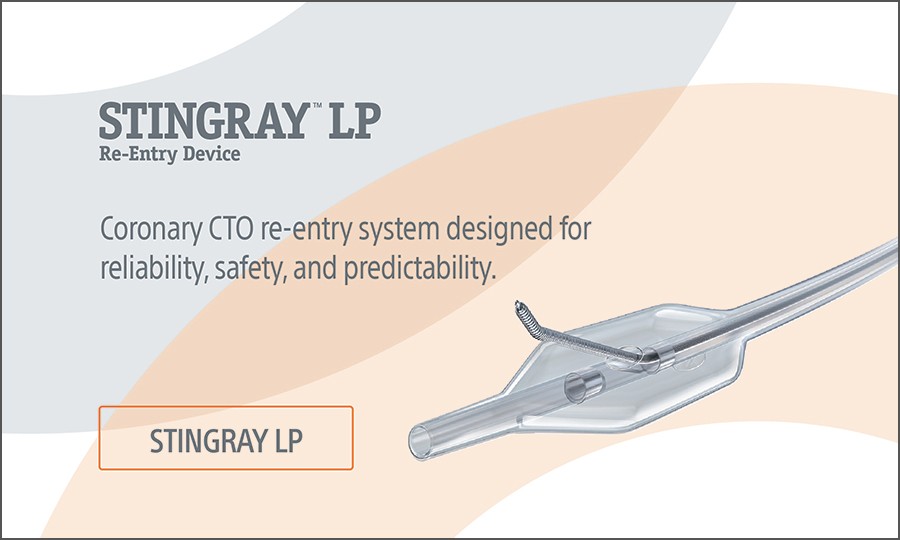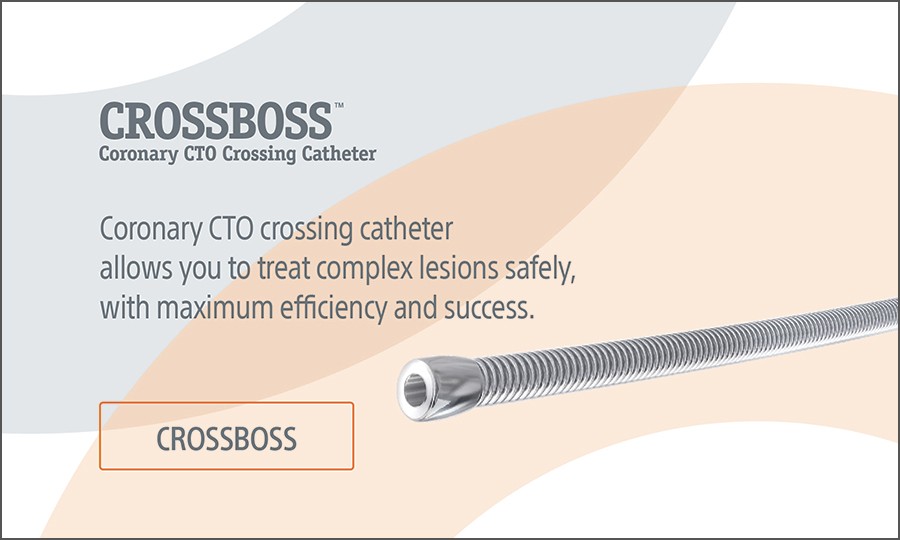Medical Specialties > Interventional Cardiology > Coronary Interventions > Clinical Data > Tools & Techniques
Confidence to Treat Every Patient, Any Challenge
Modern PCI means using all the newest data and tools at our disposal to provide the best possible treatment for coronary artery disease (CAD) patients. The latest SYNTAX II results, along with supporting clinical evidence, show that integrating risk stratification, multidisciplinary collaboration, new tools & techniques, and innovative drug eluting stent (DES) can lead to better outcomes -- even in the most complex cases.
Moderate to severe lesion calcification was relatively frequent and strongly predictive of stent thrombosis and ischemic TLR at 1 year.
 |
 |


Learn how ROTAPRO will combat calcium to improve your patients' outcomes but speed up your case.
Regardless of patient complexity, excellent long term outcomes out to 5 years are achievable when following the SYNTAX II approach.

SYNERGY’s Everolimus drug and bioabsorbable polymer promote early healing through fast drug elution and freedom from the risks of long-term polymer exposure.

SYNERGY MEGATRON
Meet the newest member of the SYNERGY stent family – now transforming large vessel PCI.

Stent deformation, which is associated with major adverse cardiac events, is present in nearly 7% of cases.4 SYNERGY MEGATRON offers maximum axial & radial strength with the largest overexpansion range and uniform scaffolding capabilities to optimize your large vessel PCI.
Get exclusive product updates, training and educational opportunities, and more.
Fill out a quick form and one of our sales representatives will be in touch.







